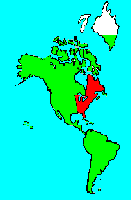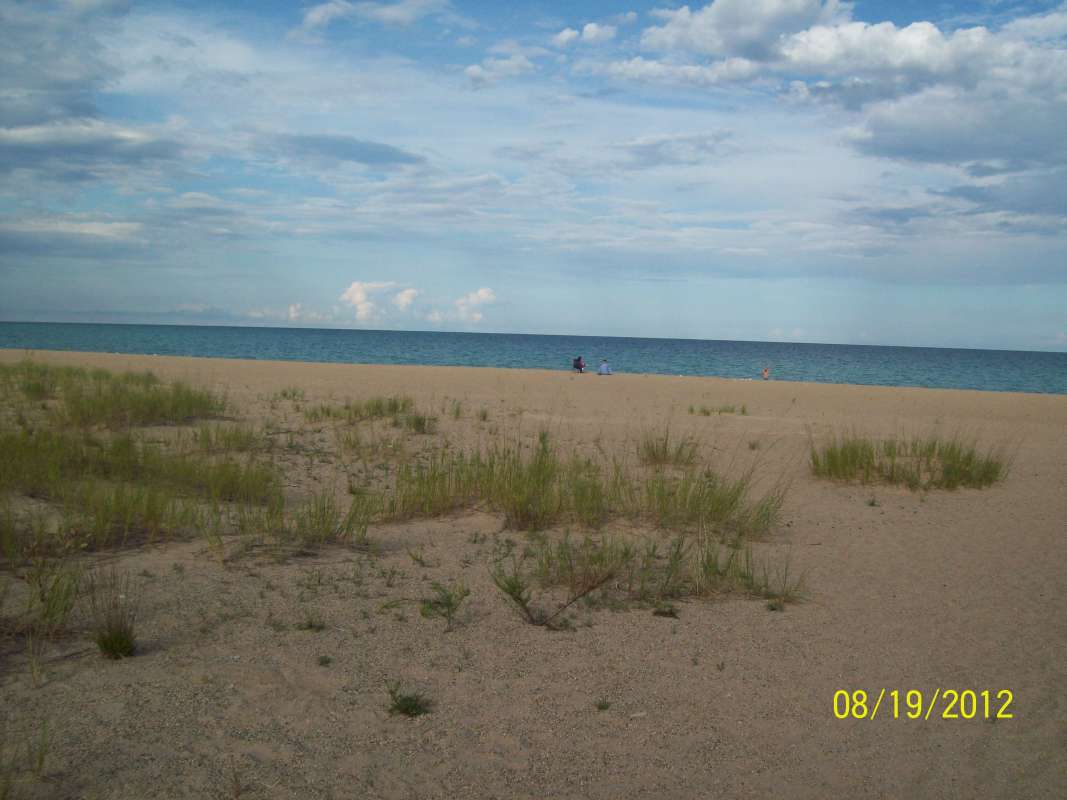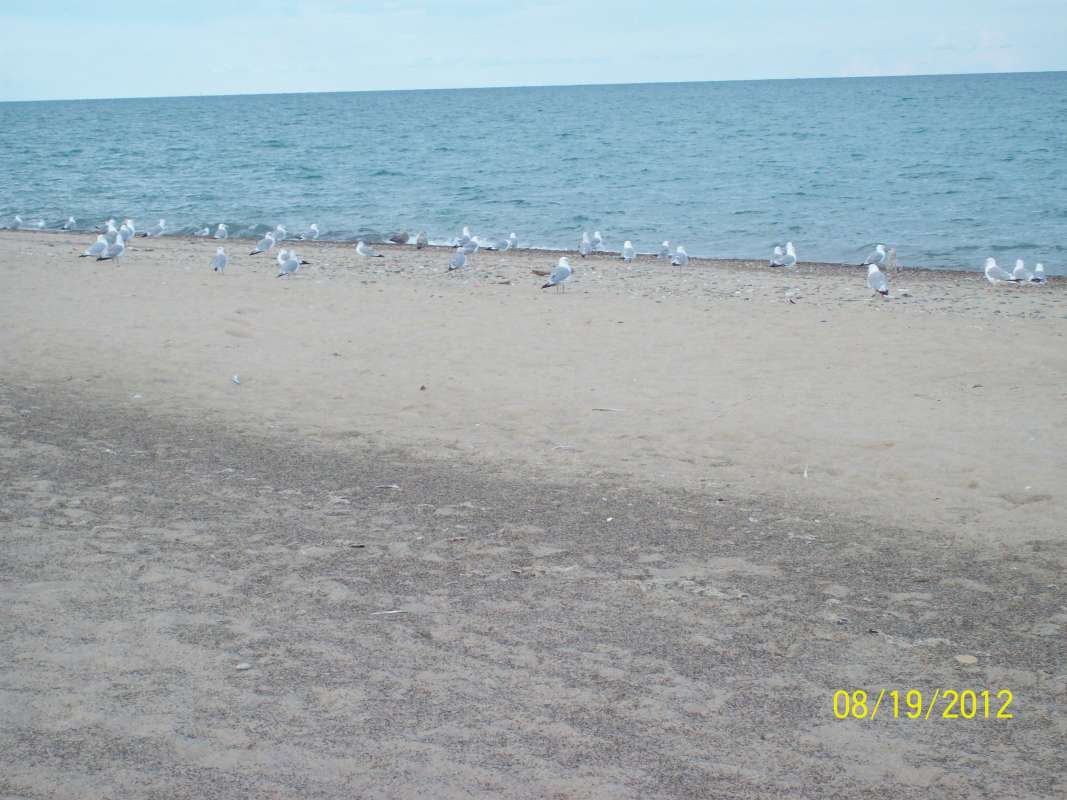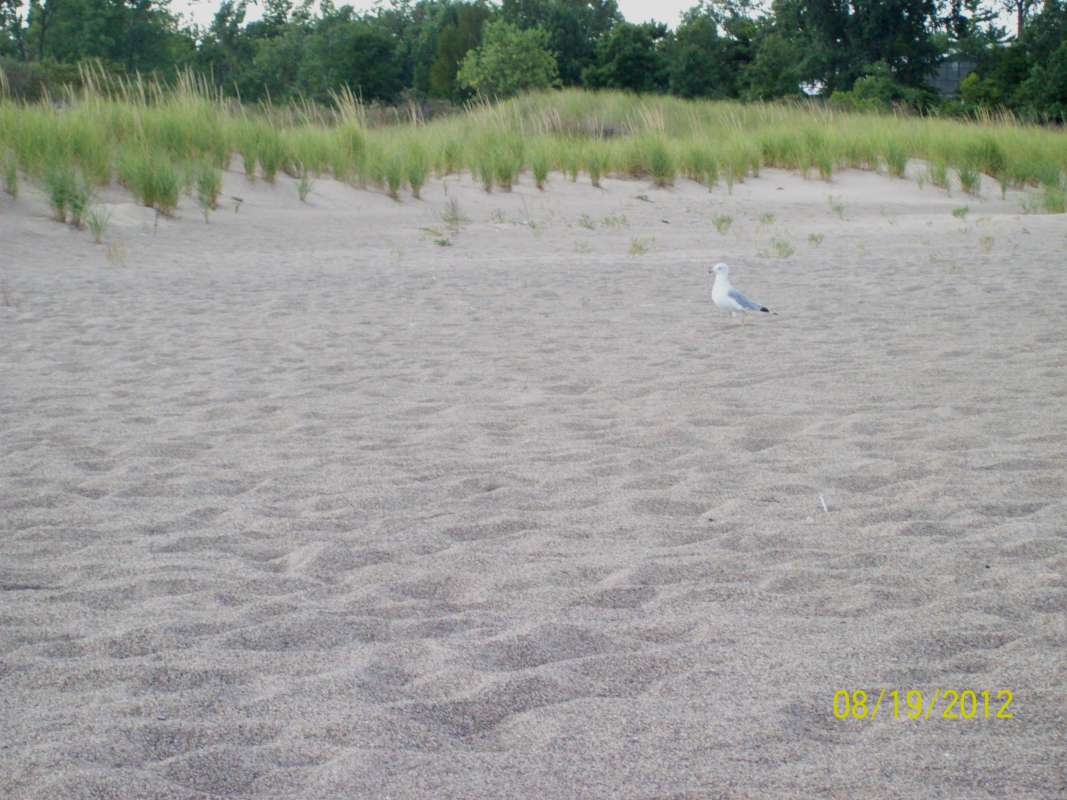SPECIES INFO
Zion Beach State Park is located on the shores of Lake Michigan in northern Illinois just a few miles south of the Wisconsin border. In this portion of the shore, there is a wide expanse of sand that has been accumulated. Just a few miles further north in Wisconsin, there are areas with very limited beach sand, but with sandy fields further inland.
Illinois is a transition state. Portions of the state are in woodlands that remind one of states like Indiana, Ohio, and Pennsylvania. Portions of the state are in prairies that remind one of Iowa and northern Missouri. However, in the north eastern portion of the state at Zion Beach State Park, one can find several species that are native to Wisconsin.The state of Illinois lies on the border of the eastern woodlands of North America and the Great Plains of Central North America. North eastern Illinois can display many northern plant species, while southern Illinois can display many southern plant species.
Many species of oaks, willows, and other trees can be found in Illinois. Canadian geese and sandhill cranes are among the larger birds found in Illinois. Coyotes and raccoons are among the larger animals.
Midwestern United States as a biological area generally includes the area from Pennsylvania and Ohio to Iowa including Indiana and Illinois and southern Michigan and southern Wisconsin.
Generally, this area was wooded before the arrival of the white man. Dense Oak and hickory forests inhabited by woodland species of animals and birds covered most of the area.
North America (Nearctic Region) usually includes most of the United States, Alaska, and Canada. The northern portion of this range is the Arctic Tundra which supports only a limited number of species. It is considered north of the tree line beyond which no trees grow. The southern portion of this range includes the dry and hot areas of Arizona and the humid and hot areas of Florida. Most of the area lies between these two extremes and is either woodland or else the Great Plains of the central United States and Canada.
We have included some images of various habitats that support different types of life forms. We have grouped them by geography.
Biologists generally separate the world into five different main biological areas:
AREA DESCRIPTION
Nearctic - North America including Canada and USA
Neotropical - Central and South America
African - Africa and Madagascar
Palearctic - Europe to China and Japan
Indo-Australian - India through Malaysia to Australia
Biologists have found that very few species are found in more than one biological area. There are a few northern North American species that are also found in northern Eurasia, and a few Oriental species that are also found in the Indo-Australian region. Generally, however, most species are limited to a single biological area or a portion of a single biological area. Different species need different environments to survive. Some plants are found only on prairies, while others are found only in woodlands. Additional species are found only in bogs, while others are found only on seashores, mountain tops, in valleys, rain forests, or deserts.
Furthermore, certain plant communities support selected groups of different animals. For example, there are prairie animals, mountain animals, and seashore animals. The earth was originally blessed with numerous different environments each with its own interesting and valuable species.
Lately, however, man has begun using many of these different environments for his own pleasure. Prairies have been turned into farmlands, many lakes make ideal places for water sports, and seashores have been turned into recreational destinations or prime homesites. The result is a worldwide loss of habitat diversity. With this loss of habitat diversity, there has been a corresponding loss of various species.
Furthermore, man has intentionally and accidentally introduced many non-native species into different environments. Many of these introductions are able to push out native species. The English sparrow and European starling are two such bird examples. Purple loosestrife and deadly nightshade are two well-known invasive plant species. The net result of this loss of habitat and introduction of non-native species can be called environmental or biological meltdown.
Many scientists believe biological meltdown is more serious than the well-known nuclear meltdown.





